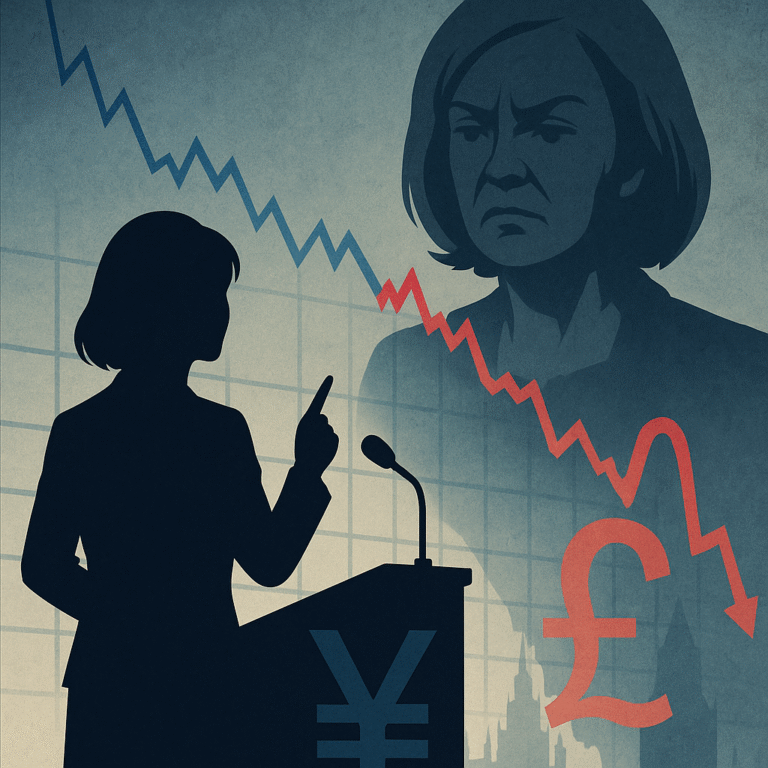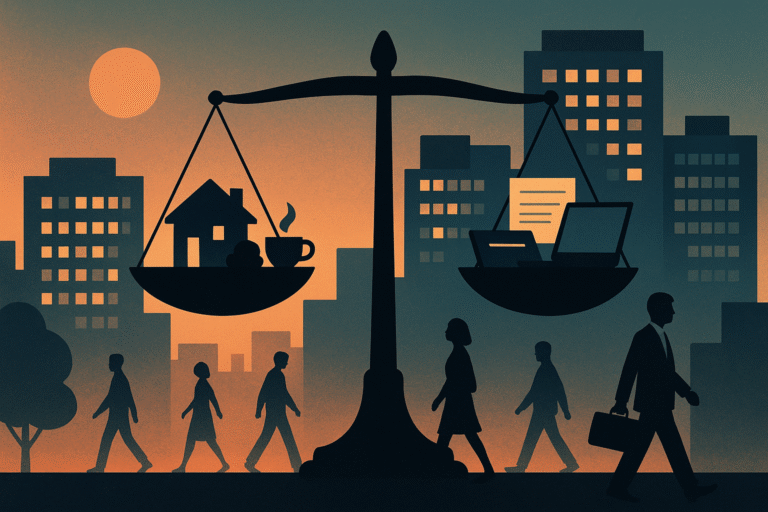News
On October 1, the U.S. federal government entered a partial shutdown after Congress failed to reach an agreement on the budget. According to Reuters, with no funding secured, many federal agencies have scaled back or halted operations, forcing hundreds of thousands of employees into furlough.
In this shutdown, agencies in the healthcare sector such as the Department of Health and Human Services, the Centers for Disease Control and Prevention (CDC), and the National Institutes of Health (NIH) are implementing large-scale staff cuts. At the Federal Aviation Administration (FAA), about 11,000 employees are expected to be furloughed. Air traffic controllers and airport security personnel will be required to work without pay, raising concerns about disruptions to flight operations and airport services.
The economic impact is also significant. The Department of Labor indicated that it may suspend the release of key economic data, including employment statistics, during the shutdown. Financial regulators such as the Securities and Exchange Commission (SEC) are also being forced to scale back oversight activities. Such uncertainty has already spread to financial markets, fueling a weaker dollar and pushing gold prices higher.
Many observers note that this shutdown is less about budgetary or tax disputes and more about being used as a “political bargaining chip” between parties. If it continues, the consequences will extend beyond the domestic economy and ripple through international financial markets.
Source:
US government begins shut down most operations after Congress fails to advance budget | Reuters
Background: What is a Government Shutdown?
Definition
In the United States, if Congress fails to agree on a budget or pass a continuing resolution (CR) to extend funding, some government operations cease. This is known as a government shutdown. Unlike Japan, where budgets can be enacted automatically, U.S. law requires congressional approval, making shutdowns more frequent during partisan deadlock.
Why Shutdowns Occur
Shutdowns arise not from administrative intent but from political confrontation. They are often used as leverage, with both parties refusing to compromise over specific policies—such as healthcare subsidies, social security, defense spending, or immigration. The fact that “without a budget the government grinds to a halt” makes shutdowns a powerful bargaining chip.
Historical Precedents
Since 1980, there have been more than 20 shutdowns.
The longest lasted 35 days, from December 2018 to January 2019, during the Trump administration, triggered by disputes over funding for the U.S.–Mexico border wall.
Some shutdowns lasted only a few days, but even then, hundreds of thousands of workers were furloughed or forced to work without pay, causing significant disruption to the economy and public services.
Key Issues in the Current Budget Standoff
- ACA Health Insurance Subsidies
Democrats demand the continuation and extension of expanded subsidies, warning that expiration would sharply raise premiums for many Americans.
Republicans acknowledge the importance but argue subsidies should not be tied to the budget bill and must be debated separately. - Medicaid and Healthcare Spending Cuts
Democrats call for reversing recent cuts, saying they directly harm citizens.
Republicans argue cuts are needed to restrain federal spending and improve fiscal efficiency. - Length of the Continuing Resolution (CR)
Democrats support short-term extensions (e.g., until the end of October) to allow negotiations to continue.
Republicans push for longer-term extensions (e.g., until November 21), ensuring agency funding while buying more time for talks. - Spending Priorities
Democrats emphasize protecting social security, healthcare, and welfare.
Republicans prioritize defense, law enforcement, and immigration control. - Policy Riders vs. “Clean” CR
Democrats seek to attach current policy demands, especially healthcare-related, to the budget.
Republicans insist the budget bill must be “clean,” with policy riders debated separately. - Federal Workforce Management
Democrats criticize the use of furloughs and unpaid work as political leverage.
Republicans propose staff cuts and restructuring as part of cost control during shutdowns.
Reactions from Overseas Social Media
“Democrats, if you cave without extracting any concessions, you will prove Republicans right that the shutdown was unnecessary and your fault. You should demand more than just healthcare subsidies.”
“What happens next in reality? If Trump carries out mass firings as retaliation, then what? I’m really lost here.”
“Even if he fires everyone, the administration would rehire essential staff. That’s what happened before. They realized, ‘oh, we actually needed that person.’ Overall, I expect this shutdown to drag on. Republicans are being pushed by Trump to pass Medicaid cuts, while Democrats are pressured by their base not to give in.”
“How do we know Trump won’t just fire every Democrat or anyone who doesn’t follow his agenda, and replace them with loyalists? That would let him reopen the government while consolidating power.”
“Happy Republican Shutdown Day to all who celebrate. Glad groceries are cheaper now.”
“I don’t celebrate anymore, but I used to. For my ex-wife and me, it was kind of a thing.”
“I can’t believe the government actually shut down. And of course it’s under Trump.”
“Yeah, the last one was during his term too.”
“This isn’t even his first shutdown. His last one set the record.”
“It lasted 35 days from 2018 to 2019.”
“Yes, this is the third shutdown since October 2013. Back then the House was Republican. Now they hold both chambers and the presidency, yet still demand more power.”
“The longer this drags on, the worse it will be for Republicans. That’s why we need to watch Schumer and Jeffries closely. If they can’t hold their line until their budget demands are met, they don’t deserve to lead the Democrats.”
“But is that really true? How much did the 2018–2019 shutdown hurt Trump’s approval rating? Not much.”
“This is a fantastic opportunity for Democrats to reinvigorate their base, in my opinion.”
“I hate that it came to this, but you’re right.”
“Exactly. Democrats are protecting people who voted against their own interests.”
“The threat to fire more federal employees is the emptiest one yet. He’s already carried out multiple waves of layoffs. Those remaining are either impossible to fire or essential for the agencies to function. In fact, he had to rehire nuclear safety staff and others he had previously let go.”
“If this shutdown lasts at least 10 days, Trump will have presided over more shutdown days than all other presidents combined. (Not counting Reagan’s under-four-hour closures.)”
“Slightly reduce the military budget and tax the rich a bit more, and this recurring issue would be history. It’s that simple. But no—ridiculous!”
“Don’t cut the military budget. Over half of it goes to salaries and veterans’ benefits.”
“The recurring problem isn’t the budget or taxes—it’s that each side uses the chance to shut down the other and point fingers.”
“It’s so lame to ‘both-sides’ this issue.”
“With only two major parties in Congress, that’s what happens.”
Summary:
The central question in this thread was how long Democrats can hold their ground and how far Republicans will push their stance. While some argued that previous shutdowns had little effect on Trump’s popularity, others insisted this time could backfire against Republicans. What united most voices, however, was frustration that shutdowns have become less about budgets or taxes and more about being used as a political weapon.
Analysis: The Meaning and Global Impact of the U.S. Government Shutdown
1. U.S. Political Polarization on Display
This shutdown symbolizes not just a budgetary dispute but the deeper polarization of American politics. While Republicans, under Trump’s influence, emphasize small government and spending cuts, Democrats prioritize protecting healthcare and social programs. Both sides see the shutdown as a bargaining chip, making compromise even harder.
2. Economic and Market Consequences
If prolonged, the shutdown will disrupt essential services and federal operations, but the ripple effects go beyond U.S. borders. The dollar has already weakened, while safe-haven demand has driven gold higher. Suspension of economic data releases would reduce market transparency, unsettling global investors. Meanwhile, Russia and China’s push for de-dollarization may gain momentum from U.S. instability.
3. Implications for Japan and the World
Japan is not immune. A weaker dollar could strengthen the yen, while global instability could trigger risk-averse yen buying, affecting trade competitiveness. Volatility in interest rates and currency markets would directly impact Japanese companies. Moreover, with the 2026 midterm elections on the horizon, this shutdown is seen as a litmus test for whether Democrats can protect their base and whether Republicans can maintain their hardline strategy. Prolonged dysfunction risks eroding global trust in U.S. political leadership, with implications for allies in Europe and Asia.
Conclusion: The Risks of Political Hostage-Taking
This shutdown highlights the structural dysfunction of U.S. politics, where government operations themselves are held hostage to partisan bargaining. The direct impact includes furloughs and disruption of public services, fueling domestic distrust. Internationally, the credibility of the dollar and the stability of global markets are at stake.
As the 2026 midterms approach, this crisis will test both parties’ resolve and their standing with voters. Whether this ends as a short-lived disruption or deepens into long-term instability will shape not only U.S. politics but also the global economic order.
See you again in the next article.
Reference
- Reuters – What are Democrats, Republicans positions in US government shutdown fight
- WSJ – Government Shutdown Fight Puts Obamacare Subsidies on the Line
- The Guardian – US government shuts down as budget battle deadlocks
- Reuters – White House tells agencies to prepare mass firing plans for possible shutdown
- Time – Democrats warn layoffs threat tied to shutdown is political maneuver


